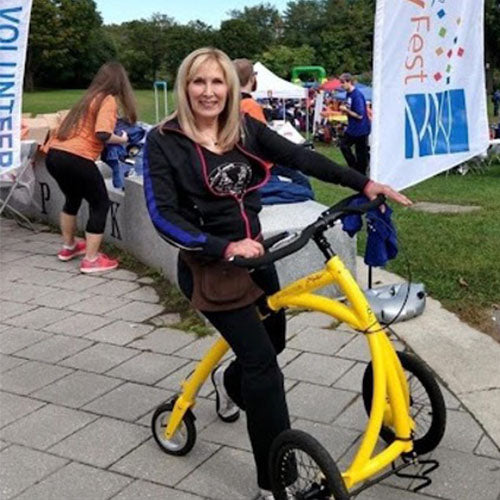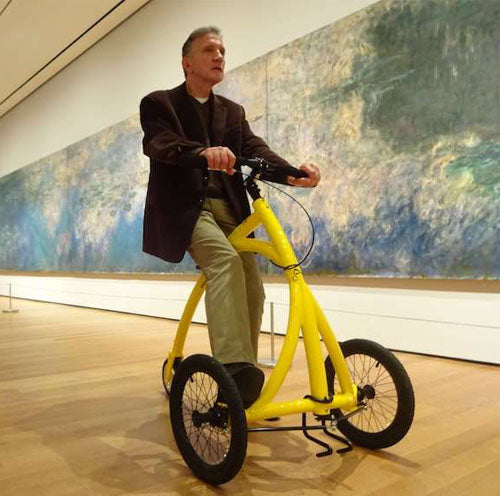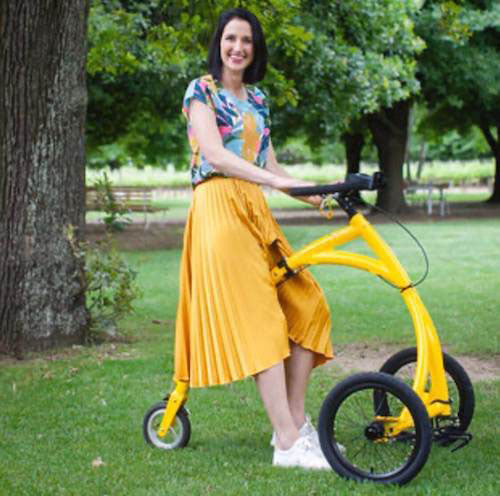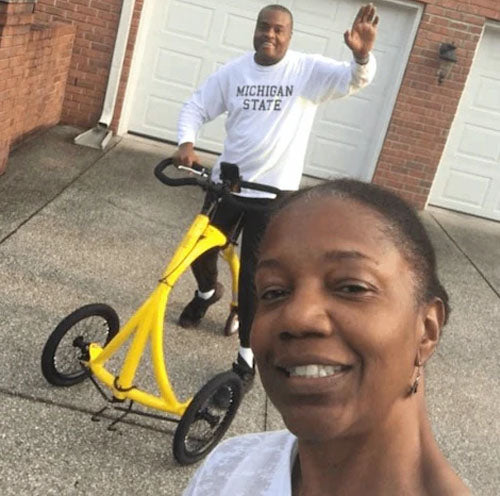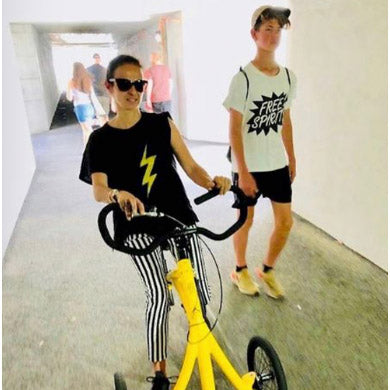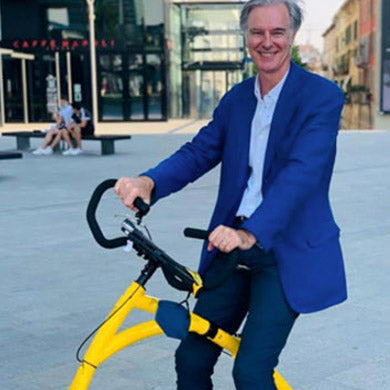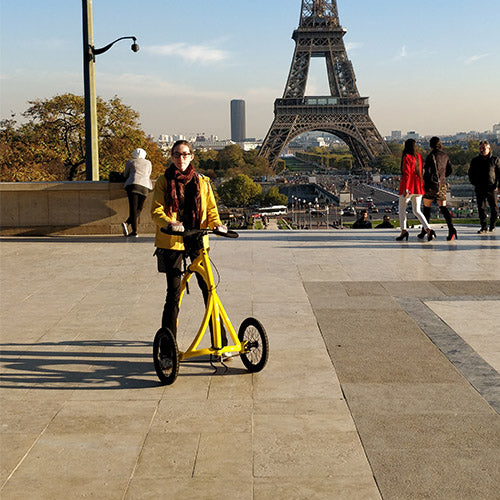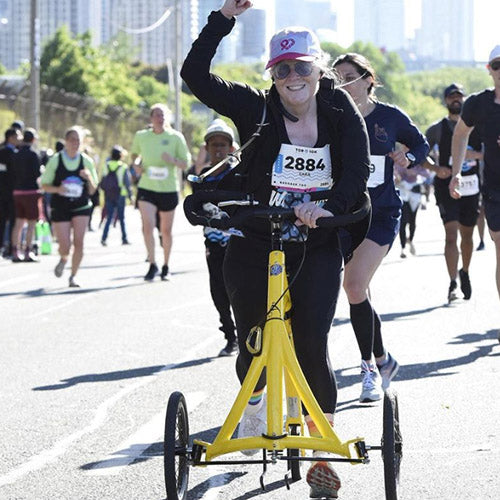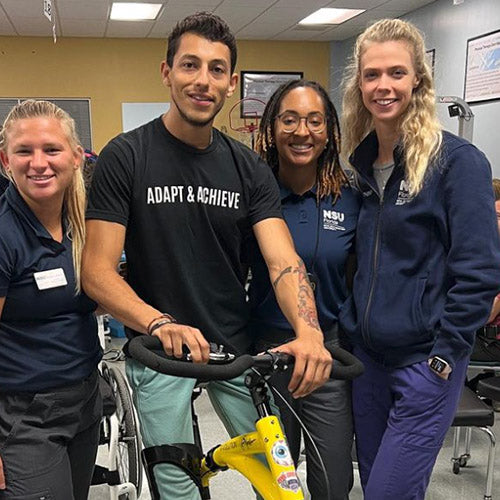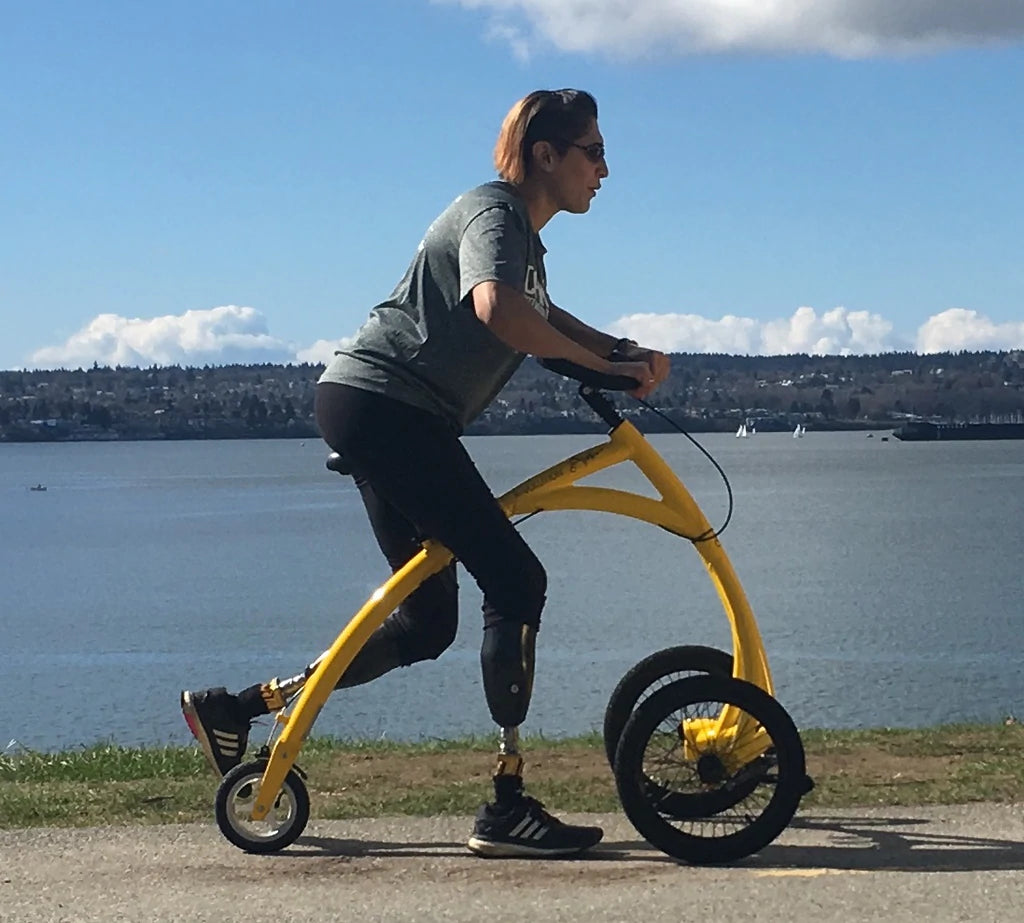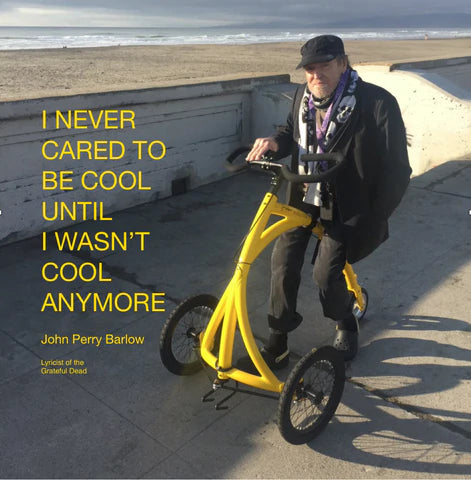What is a Walking Bike for Adults?
We tend to take mobility and our abilities to freely move around for granted until we have a stroke, get into an accident, or receive a chronic diagnosis. Maybe we need to be a bit more mindful about it, because disabilities can happen at any moment, to any of us. There is no divide between people with and without disabilities, other than that which we've created by the way we "other" people with disabilities. More than 20% of the North American population lives with disabilities, many of which affect their mobility. So it is time to make the world a safer space for people with limited mobility, and create equipment that makes people feel good, that supports them to be who they are, and allows them to be engaged human beings.
For people with mobility challenges, something as simple as walking to the mailbox can present a seemingly insurmountable obstacle. While there are an array of medical devices available to assist people with mobility issues, many of them – like walkers and electric wheelchairs – are designed to move your body from A to B, based on what the body can no longer do. The healthcare system, or as we call it, the “sickcare” system, is a reactive system that primarily medicates, or offers technical solutions for a “body with a problem.” BE didn’t design the Alinker for a body with a problem, but for who we are: active and engaged people.
The Alinker - walking bike is not just an alternative to wheelchairs, walkers, rollators, and canes, but it is a way to feel that you have agency, as it supports your health and wellness. The Alinker doesn’t focus on what you can no longer do, but gives you the ability to grow and regain skills, activate your brain, and be at eye level.
How Do Walking Bikes Work?
We call it a walking bike, but technically speaking, it's a walking tricycle. The Alinker is a three-wheeled mobility-assist device, with an over-arching frame, two wheels in the front and a smaller one in the rear, with a seating assembly on top, and handlebars with rear brake.
The seat is angled downwards towards the back, the nose tilted up, so the user is forced to sit with their sit-bones on the back-edge of the seat. Tilting the user’s pelvis a bit which opens up the lower back into a relaxed position. From there, with their hands on the handlebars for steering and braking, the user is able to walk independently because the walking bike removes the weight from their legs.
An adult walking bike is similar in concept to the pedal-less walking bikes used to teach toddlers how to ride a bicycle, but the three-wheeled design adds stability to prevent falls, and to ensure the comfort and safety of the user.
Benefits of a Walking Bike
The Alinker was initially designed for who we are: active and engaged people. Medical devices are often a technical solution for a "body with a problem". We are not a body with a problem. So BE designed the Alinker for who we are so people can continue to be active and engaged people despite their mobility challenges.
However, as our community has grown over the years and more people are using Alinkers, we’ve come to realize that the benefits of the walking bike extend far beyond just basic movement.
Maintaining Independence with a Disability
On the Alinker you can move around on your own, you are able to maintain a sense of independence that can often be difficult after a significant diagnosis or injury. “Independence is probably the biggest thing,” said Judy Loewen, who uses an Alinker to help with her Multiple Sclerosis (MS). “I love being able to go by myself. There are times when I just don’t need somebody else with me, except to hang onto in order to get there. So the Alinker gives me that independence to be able to go to places by myself.”
It’s a sentiment echoed by Lynn Lizarraga, whose Inclusion Body Myositis made it difficult to walk without falling. “The Alinker has given me back my strength, my balance, my confidence, my abilities,” she said. “My husband just left to go to work. He doesn’t fear for me being able to get myself around in the house because the Alinker has made that big a difference in my life. He can go off to work, and know that he can leave me and I’ll be safe.”
Being at Eye-Level
“In a wheelchair you’re not eye-level, and people tend to ignore you if you’re not eye-level with them,” said Loewen. “I don’t think people ignore you on purpose, they just don’t see you.”
Many mobility devices put the user into a position where they’re no longer face-to-face with their friends and community members. Whether it’s wheelchairs, or walkers and canes that tend to produce a hunched position after significant use, the social and psychological impacts of not being able to make eye contact with other people can be isolating and exhausting.
“When you’re in a wheelchair people pat you on the head like you’re a dog,” said Jennifer Boney, who uses the Alinker for her MS and Chronic Regional Pain Syndrome. “The Alinker does get you to eye-level, you’re more a part of the group.”
Watch Jennifer's video: LINK
Activating the Brain
Neuroplasticity, also known as brain plasticity, is the brain’s ability to modify and adapt in response to experience. Once thought to only occur during childhood, neuroscientists in the late 20th century realized that neuroplasticity continues into adulthood – the brain continues to reorganize neural pathways and create new connections well into adulthood.
This has significant benefits for our abilities to learn new things, recover from injury, and create or enhance our cognitive abilities. However, because neuroplasticity is responsive to experience, neurons that are frequently used develop stronger connections, and those that are rarely or never used eventually die. Basically, use it or lose it.
The implications of this for people with mobility issues can be significant. Once a person has lost their ability to walk unassisted, the healthcare system, or as we call it, the “sickcare” system, often immediately recommends a wheelchair as their only option. This means that many people who still have use of their legs are directed to use a wheelchair, so they’re no longer sending signals to their brain that their legs can function, and the decline of those neural pathways accelerates. The Alinker, by enabling people to move their legs, completes the feedback-loop to to and from the brain, it continues sending those signals back to the brain and maintains, or even strengthens, the neural connections that allow them to walk.
“With the Alinker, because I’m moving the muscles that are no longer supposed to move, I’m forcing them in a way to see that they can keep moving,” said Anna Connors, who uses the Alinker to manage her MS. “It’s sending the correct signal back to the brain, that I can walk. Because it’s allowing me to pick up my feet and actually move.”
Conserving Energy
Many of our community members describe the act of getting around on their Alinker as “gliding” or “flying.” The Alinker lifts the weight off the legs and offers stability, which removes a lot of the physical and psychological energy burden of trying to move around with a disability.
“I go to the Y. I work out on all the machines. And the Alinker helps me navigate through the Y,” Connors said. “Whereas before, if I’m going with the cane, I’m struggling to get to my workout, and I’m tired before my workout even begins. So it saves a lot of energy.”

Pain Relief
Being in an upright position relieves a lot of the back pain commonly experienced by people using canes or walkers. For Alinker users with arthritis or pain in their legs, having the weight lifted off of their legs can be a game-changer.
“After a while of walking with the cane, my back hurts, I’m done. And then I get grouchy, and nobody wants to see that,” said Connors. “But the Alinker makes me happy. This makes so much of the pain go away, because I can do almost anything that I want to do in my life.”
Will a Walking Bike Work for my (Disability / Illness / Injury / Disease)?
The Alinker will work for most people with some use of their legs, who have the determination to learn a new skill. Our community members range from individuals with arthritis, cognitive disabilities, spinal cord injuries, amputations, neurodegenerative diseases, stroke, etc. Based on our experience, we say that the Alinker can work for you if you are at least able to do the following:
- Have some command over your legs.
- Be able to lift one leg while standing on the other.
- Be aware and cognizant of your surroundings.
- Know your limitations in order not to overdo it or be unsafe.
There is a learning curve to using the Alinker, because in many cases you’ll be using muscle groups that you may not have used in a while. You might get a bit sore in the beginning, but with commitment and determination, doing every day a bit more to gradual learn with a health-focused mindset, it can definitely work for you. The Alinker is designed for you, so you can continue to feel yourself, and maintain a healthy, active, and joyful lifestyle, regardless of your mobility challenges.


